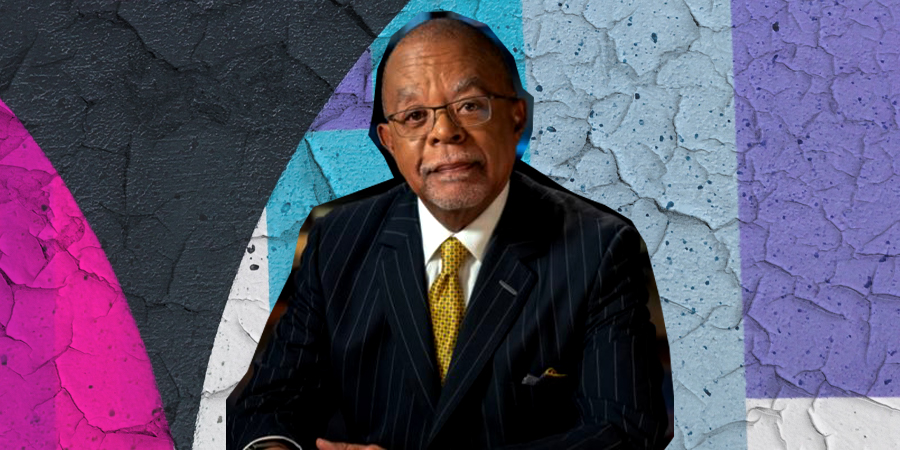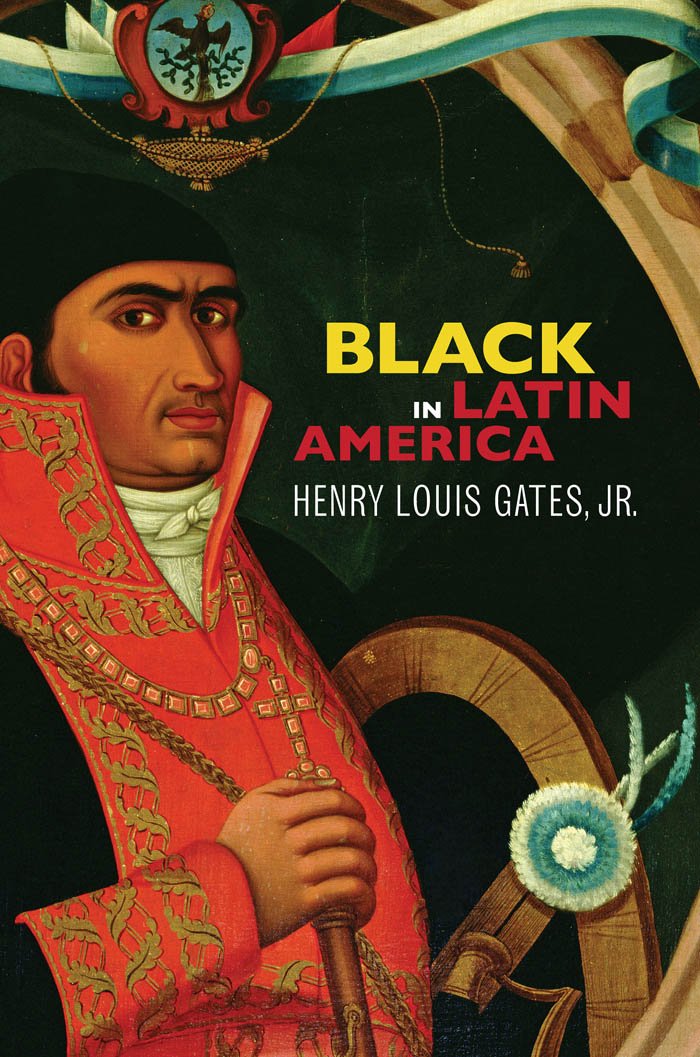Black in Latin America

“12.5 million Africans were shipped to the New World during the Middle Passage. While just over 11.0 million survived the arduous journey, only about 450,000 of them arrived in the United States. The rest, over ten and a half million, were taken to the Caribbean and Latin America. This astonishing fact changes the entire picture of the history of slavery in the Western hemisphere, and of its lasting cultural impact. These millions of Africans created new and vibrant cultures, magnificently compelling syntheses of various African, English, French, Portuguese, and Spanish influences. Despite their great numbers, the cultural and social worlds that they created remain largely unknown to most Americans, except for certain popular, cross-over musical forms. So the author set out on a quest to discover how Latin Americans of African descent live now, and how the countries of their origin acknowledge or deny their African past; how the fact of race and African ancestry play themselves out in the multicultural worlds of the Caribbean and Latin America. Starting with the slave experience and extending to the present, he unveils the history of the African presence in six Latin American countries: Brazil, Cuba, the Dominican Republic, Haiti, Mexico, and Peru, through art, music, cuisine, dance, politics, and religion, but also the very palpable presence of anti-black racism that has sometimes sought to keep the black cultural presence from view.”

Related Articles
Forty Years: Memoirs from the Pages of a Newspaper
Los Angeles was founded in 1781. Among the forty-four individuals who founded it, there were twenty-two adults and twenty-two children. Not very many people know that there were only two Whites among the founders, but there were sixteen Indians and twenty-six...
Pigmentocracies: Ethnicity, Race, and Color in Latin America
"Pigmentocracies--the fruit of the multiyear Project on Ethnicity and Race in Latin America (PERLA)--is a richly revealing analysis of contemporary attitudes toward ethnicity and race in Brazil, Colombia, Mexico, and Peru, four of Latin America's most populous...
The Afro-Argentines of Buenos Aires, 1800-1900
Related Articles
